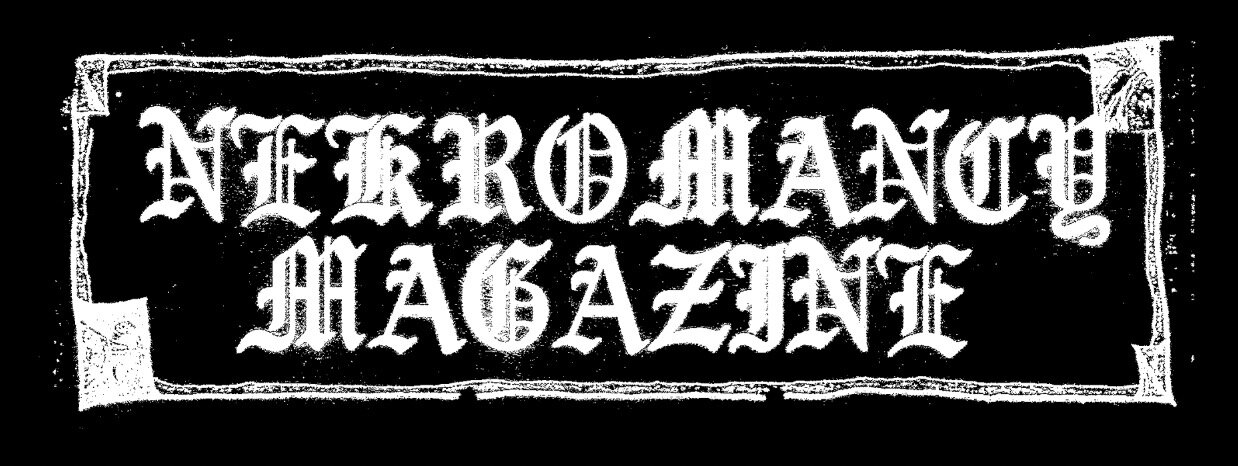Rage against the Machismo: Revisiting The Rage: Carrie 2
February 1, 2021 ● Meltem Yalçın Evren
The Rage: Carrie 2 translates Stephen King's beloved novel into a ‘90s teen horror setting, and paired with distinct aesthetics (Marilyn Manson cut-outs hidden in lockers and Nine Inch Nails posters plastered to bedroom walls), the plot has never felt better placed. Just like in Carrie, cliques rule high school corridors, and the story centres around a big party, but this time out of control machismo lurks around every corner, and it isn’t just the protagonist who becomes the victim - it's everyone.
Unlike her half-sister Carrie White’s (Sissy Spacek) timidness and childlike naivety being the reason for her social rejection, Rachel Lang’s (Emily Bergl) alienation comes from her angsty gothic persona - a reimagined outcast of her generation. ‘You’re caviar, she’s cheez whiz’ notes popular girl, Monica (Rachel Blanchard), honing in on Rachels rock bottom position on the high school social hierarchy ladder. Still, this isn't the reason Rachel unleashes fury onto her peers at the cataclysmic high school party. It’s the casual misogyny that builds up throughout the film and unsolicited revenge porn that becomes the catalyst for the gruesome revenge sequence.
When not playing football, the men in the film compete in a twisted competition to see who can seduce the most girls by the end of the year, keeping track of their victories in a notebook where they rank the women from 1 to 10. Rachel’s best, and only friend Lisa Parker (Mena Suvari) becomes a victim of this game, who after being exploited for sex and rejected by popular football star, Eric Stark (Zachary Ty Bryan), commits suicide by jumping from the top of a school building. The tragedy rekindles Rachel's telekinesis powers which before this point remained inactive, becoming further amplified later on when not even adult authority figures can take control of the hyper-masculinity that seems to dominate the school.
After a case is opened convicting Eric and the football team for statutory rape charges, the district attorney is quick to extinguish the situation due to the political influence of the player’s family, letting them free without punishment. A clear sense of invincibility above the law is suggested when immediately after, the football players stalk women with VHS cameras in hopes of filming up-skirting imagery. It's here when Rachel’s telekinesis powers become a defence mechanism against the untouchable machismo around her. As the football team terrorise her, Rachel’s supernatural abilities grow more powerful, fuelled further every time she becomes a subject to their misogyny. Subconsciously, it seems she’s aware that adult figures of authority won't help her, leaving her to take the situation into her own hands.
It's no mistake that the football team in The Rage: Carrie 2 reflects the true case of the ‘Spur Posse’. A group of Californian boys who used a point system to track and compare their sexual attacks and statutory rapes. After the group came into national attention in March 1993, the Los Angeles County Sheriff's department dropped charges when they were unable to prove the encounters were nonconsensual, even though a majority of the girls were underage - some as young as ten. Just like the football team in The Rage: Carrie 2, the men weren’t punished for their actions, causing public outrage which opened a long due discussion on the subject of statutory rape and the law.
This isn’t a story that is uncommon for young women who have had to live with their abusers being exempt from punishment and director Katt Shea is aware of this. She doesn’t hold back from making the abusers almost caricatures of hyper-masculinity and uses her audience's previous knowledge of the original Carrie ending to her advantage. We know what’s coming and the build-up of anticipation for the revenge scene makes it all the more satisfying.
Undoubtedly more graphic than De Palma’s version, Rachels fury isn’t unleashed by pig's blood, but rather when her first sexual encounter with love interest Jesse (Jason London) is filmed without her knowledge and projected onto the walls of a house party, causing partygoers to mock and slut-shame her. The scene unravels into a gory spectacle; large glass windows shatter and slash throats, Monica’s glasses implode into her eyes, and Eric is castrated with a harpoon. In other words, Rachel takes revenge on everyone who has partaken in misogynistic behaviour, not only against her but towards everyone who became a victim of their toxicity. Fire blazes behind her as high schoolers try to flee the scene, and to some extent, Rachels final rage could be interpreted as a physical reflection of the frustrations felt by women in the 90s - an era in time where misogyny still had a place in conversations and rape allegations were not treated as seriously as they are today.
In Shea's reimagining of Carrie, supernatural abilities give women a form of limitless power in environments where they would usually be powerless. Telekinesis becomes a form of escapism. A way for Rachel to remove herself from uncomfortable situations and instead eliminate them entirely. By seeing telekinesis as a form of reclaiming power, we as an audience are even able to reclaim ownership over our own experiences to some extent
Aside from the outdated dialogue and some questionable B movie style effects, The Rage: Carrie 2 should not be viewed as a failed Carrie sequel but a separate piece of feminist cinema. Giving us an insight into the social climate of the late ‘90s where supernatural powers in cinema acted as a powerful piece of symbolism for reclaiming bodily autonomy.
Meltem Yalçın Evren ● Writer
Twitter: @belalugosismom
Instagram: @meltemyalcinevren
Horror filmmaker and writer. You can usually find me with a cup of coffee in hand, either watching a true crime documentary or reading about the paranormal.



